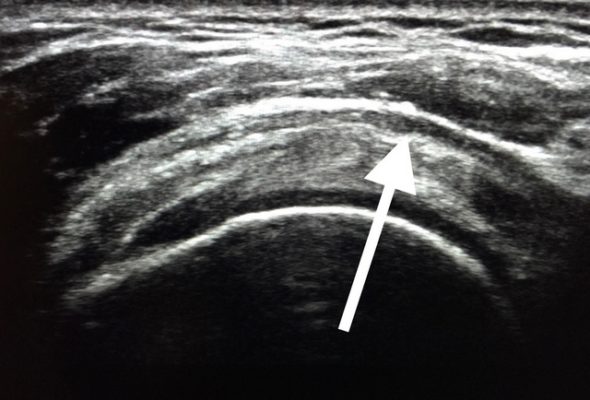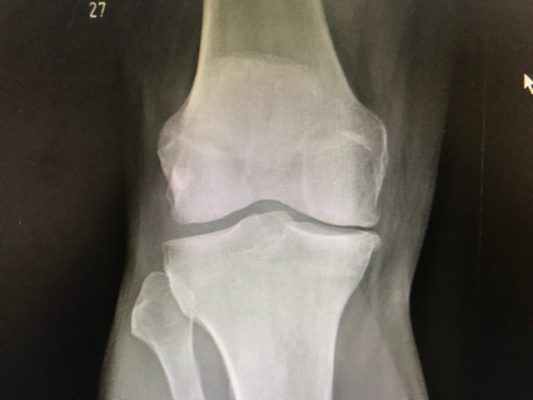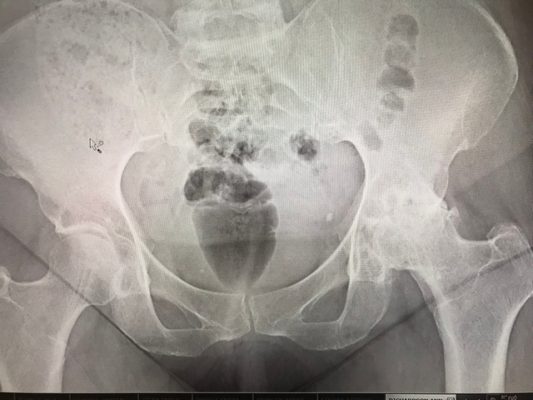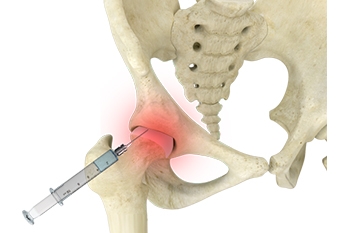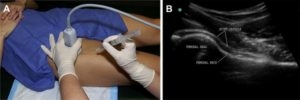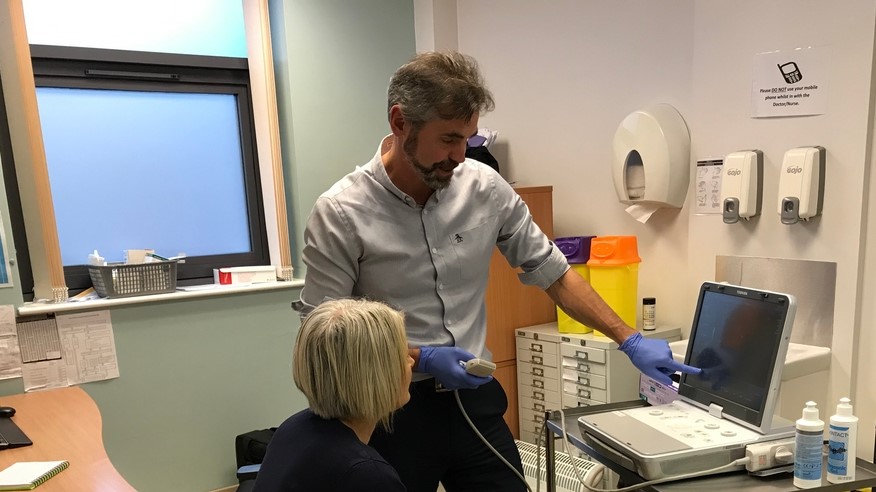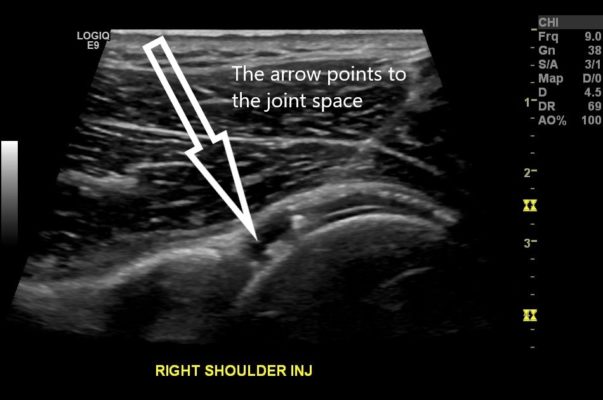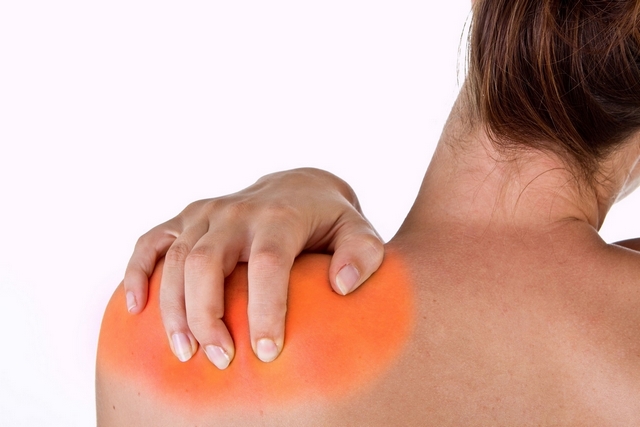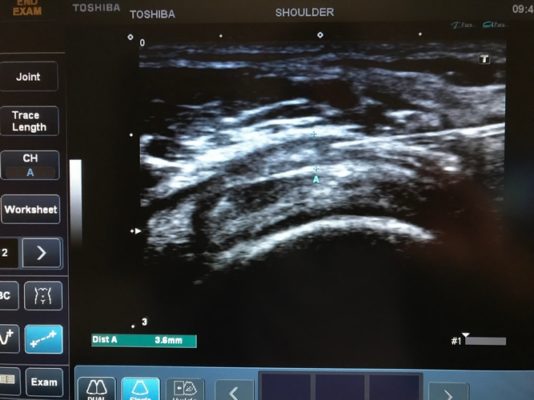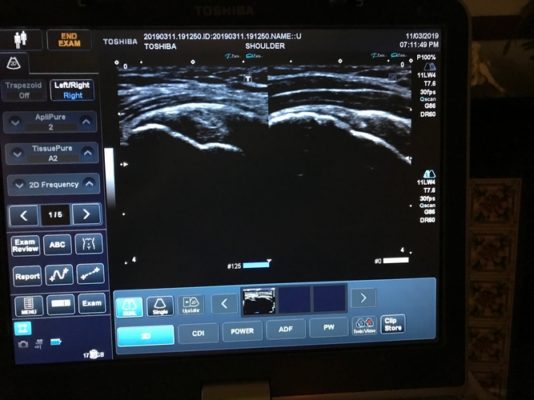The importance of pain
Pain affects us in many different ways, but it is important to remember that pain can only be initiated by changes to one or more of three things: temperature, mechanical force and chemical change.
Pain is our protector
The pain mechanism in all animals is designed to detect changes which could cause damage. We therefore understand, even as a child, that the mechanical impact from falling down or the heat from a fire and the sting of a nettle all result in a painful experience. We therefore learn and modify our behaviour. Pain helps to protect us from damage.
Pain can however become a real pain
The problem with this protection mechanism is highlighted when we develop changes to our body that cannot be healed. A very common problem is tissue degeneration simply from ageing. A worn knee joint for example, affects the mechanical function and stimulates an inflammatory response. Consequently both the mechanical and chemical changes are likely to initiate a pain experience.
This pain experience can be long lasting because the condition lacks the ability to recovery.
Pain can be deceiving !
Where we feel pain, how it feels, the words we use to describe pain and the impact it has on our life or not accurate in making a diagnosis !
The origin of pain lies within the chemical, mechanical or thermal changes within our body's tissues.
The first job of any examination is therefore to determine which tissues in the body are being affected.
Patient feedback; this could be you?
"Hi Chris
As requested, I wanted to give you feedback following my injection on the 25 August 2023.
Whilst i attended your clinic with an expectation that you would be injecting my knee you injected my hip through my groin. The resulting decrease in my knee pain has been excellent. Whilst I still have some discomfort in my right knee, I am able to get up and down stairs far more easily. I have also been able to walk up to 5000 paces comfortably. I haven't been able to do that since September 2022. My mobility has improved significantly."
How best to manage pain
The first step is to understand why you have a pain experience.
If, for example it is related to a worn joint, then the person needs to understand their problem in terms of mechanical and chemical changes.
Visit 'Your condition' page to see common problems explained in terms of mechanical and chemical changes.
With this understanding the individual can search to find ways of decreasing the mechanical strain and improving their joint chemistry.
This may sound simple, but many people search to find whys of directly reducing their pain experience. And there is a difference!

The growing problem of pain
It is very tempting to hope for a solution that free's you of pain, takes very little time and is easy to do.
Because most people want this, pain mediation was developed. No need to alter the mechanical strain or improve joint chemistry, just take a tablet.
Unfortunately, this approach only works in the short term. The number of people with long term pain is now growing despite the fact that the amount of pain medication prescribed has increased.
What is the solution?
The solution involves education, understanding and appropriate expectations. With a focus on how to achieve best joint movement and the best living chemistry within our body's; we will attain our best health.
This does not mean we live a pain free life, it means we live our life as healthy as we can be.
But remember, as we attain better mechanical and chemical function then our pain mechanism does not have as much a reason to shout out its warning!
Please note this post, like all brief explanations only covers the basics for pain arising from muscle, bone, tendon and ligament structures. There are many other factors that influence the experience of pain and much research has been done on the emotional components of pain and the sensitisation of the pain mechanism.
For more information and links to educational videos please visit 'virtual physio' on the QuickPhys website.



